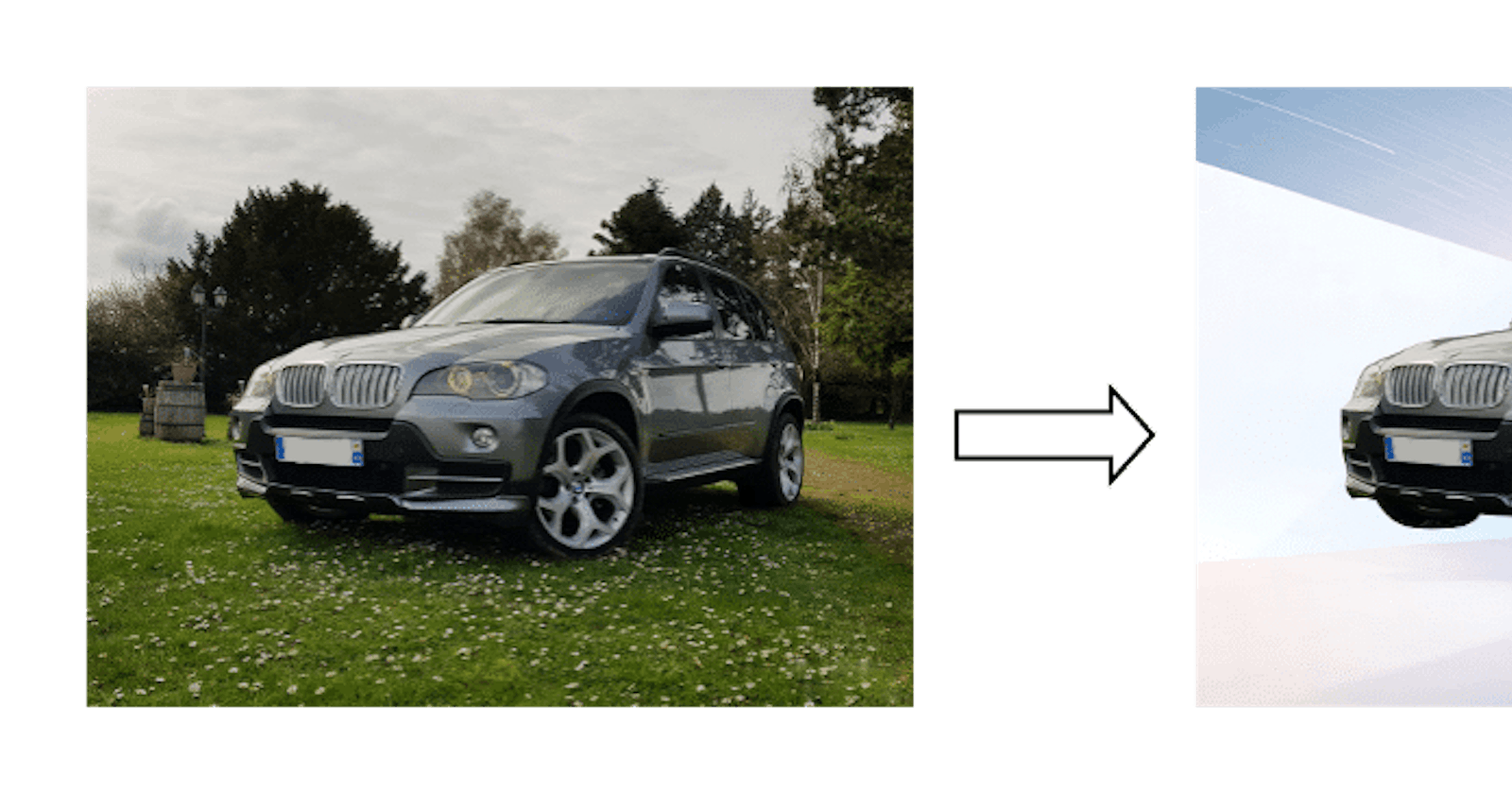Introduction
Ever since I first got intrigued by the concept of algorithms and machine learning, I've been eager to roll up my sleeves and dive into a hands-on project. Something more than just the theoretical understanding - I wanted to feel the thrill of problem-solving. And I found just the perfect project - an algorithm that could neatly remove the background from a vehicle image, all by itself, using machine learning.
Behind the Scenes
You might think, "Well, it’s just Python, right?" Yes, you're correct, but it's not that simple. Just like a perfect recipe requires a blend of diverse ingredients, this project needed various tools and technologies.
First, I relied on Keras, the neural-network library written in Python. Alongside Keras, I made use of TensorFlow, another open-source library which is used for high-performance numerical computation. Both of these were instrumental in handling all the machine learning tasks.
Then, to manipulate and process the data, I used Numpy and Pandas, the stalwarts of Python's data science stack. And for image processing, I went with OpenCV, another important library which proved extremely helpful.
But it's not all rainbows and sunshine. Handling this kind of project can require substantial CPU power, especially for predicting and removing the background images. This posed a real challenge for scalability. A highly CPU-intensive project like this, if not optimized, can be expensive to deploy and scale.
Overcoming Challenges
Not one to back down, I turned these challenges into learning opportunities. I went down the rabbit hole, diving into the code, optimizing it, refining it, and discarding anything unnecessary. In this process, I learned the importance of lean and efficient code, packaging, and how they all connect to the big picture of performance and scalability.
After several caffeine-fueled weeks of hard work, I had achieved my goal. My project was finally ready to be deployed in a serverless environment on Google Cloud with Cloud Functions. This was a huge win because it meant that my machine learning model was not just efficient, but also fast, scalable, and cost-effective. The cherry on top was the free tier offered by Google Cloud, allowing up to a million operations per month, essentially for free.
Accuracy and Ongoing Improvement
Despite my elation at the successful deployment, I knew there was still work to be done. While the architecture was primed to serve the model, the model itself needed some fine-tuning. After all, I had trained it on a relatively small dataset and it required improvement for handling a broader range of vehicle image cases.
But, as they say, the journey is more important than the destination. The thrill of learning, of stumbling and picking myself back up, of wrestling with complex problems and finding solutions - that's what fuels my passion for AI and machine learning. As I continue to refine my algorithm, I know that each step forward, no matter how small, is a step towards growth and discovery.
I'm no tech wizard, and this is certainly not the project of the decade. But it's my project, a testament to my dedication, my learning, and my love for AI. And that's enough to keep me going. So, here's to the many more challenges and triumphs that lie ahead!

Demonstration
I've deployed the model on my website for people to try out in a limited capacity of course.
Feel free to check it out: https://car-bg-ai.iterativecode.io/
Source: https://www.ibragim.fr/portfolio/detourage-automatique-voitures-ia/
